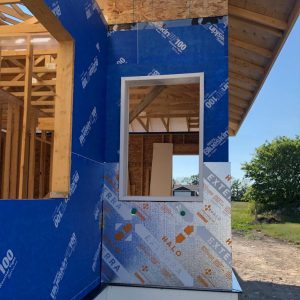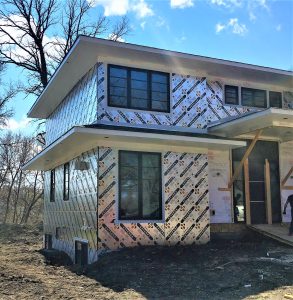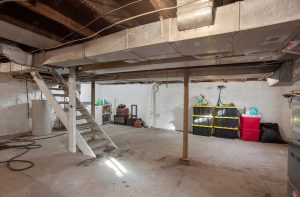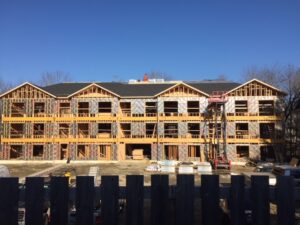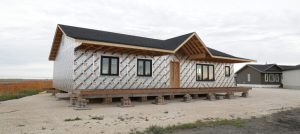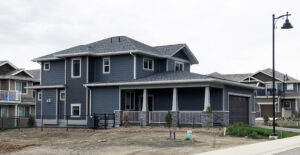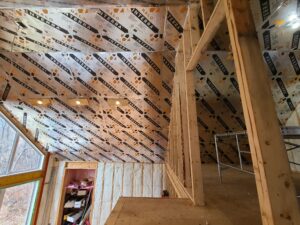It’s no secret that the combined action of groundwater and soils is a significant contributor to basement failures; in fact, these 2 factors comprise their majority.
But did you know that exterior basement insulation products, such as Halo’s Subterra, can play a key role in both slowing heat transfer and managing groundwater ingress?
The post below will walk you through the results of an interesting study performed by the NRC back in the 90s. No less relevant today, this study examined the performance of exterior insulation products at the exterior side of basement walls.
Read on to find out more!
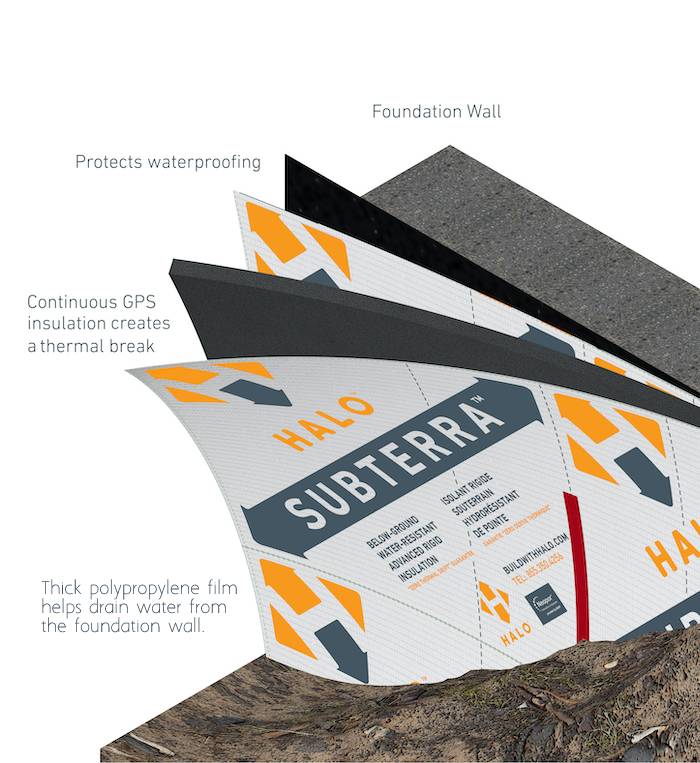
Why the Study Was Launched
For decades, industry professionals had known that basement walls need special protection against the combined effects of frost, expansive soils, and salts in the groundwater. And for a long time, thermal insulation was being used to shield basement walls from these hazards.
However, throughout this time, designers, developers, and builders had little data about the actual performance of these insulation products below-grade, on the exterior of basement walls.
In its study, the NRC wanted to determine exactly how thermal insulation performed at diverting groundwater away from walls and footings, all while managing heat loss and preserving its R-Values.
How the Study Was Performed
During their study, NRC’s researchers tested the following 5 types of insulation:
- Molded expanded polystyrene (EPS) Type 1 (typically R-3.7 per inch)
- Molded EPS Type 2 (minimum R-4 per inch)
- Medium-density spray-polyurethane foam
- Semi-rigid mineral fiber
- Semi-rigid glass fiber
The insulation products were installed using 2 distinct approaches — in direct contact with the surrounding soil, and wrapped (not sealed) in 2 layers of polyethylene.
The team also experimented with:
- Various joining techniques for the insulation
- Different methods of relieving water pressure
- Vertical and horizontal Z-bars for hanging above-grade fiber-cement board
- Different grading schemes
- Protected vs unprotected gravel beneath the backfill
The insulation systems were applied to the exterior face of two basement walls of IRC’s “test house.”

Key Findings of the NRC Study
The study produced a number of important findings. Below, we’ll share 3 results which have the most impact on the use of exterior insulation in basement design.
Thermal Performance
NRC’s study found that the insulation samples performed consistently well after 2 full heating seasons.
Crucially, the samples retained their R-Values despite being subjected to water during rainstorms and winter thaws. In fact, their R-Values stayed steady throughout the first year and their performance actually improved a bit going into the second heating season. This was a big surprise, since the researchers expected the R-Values to deteriorate rapidly thanks to the moisture build-up inside the insulation samples.
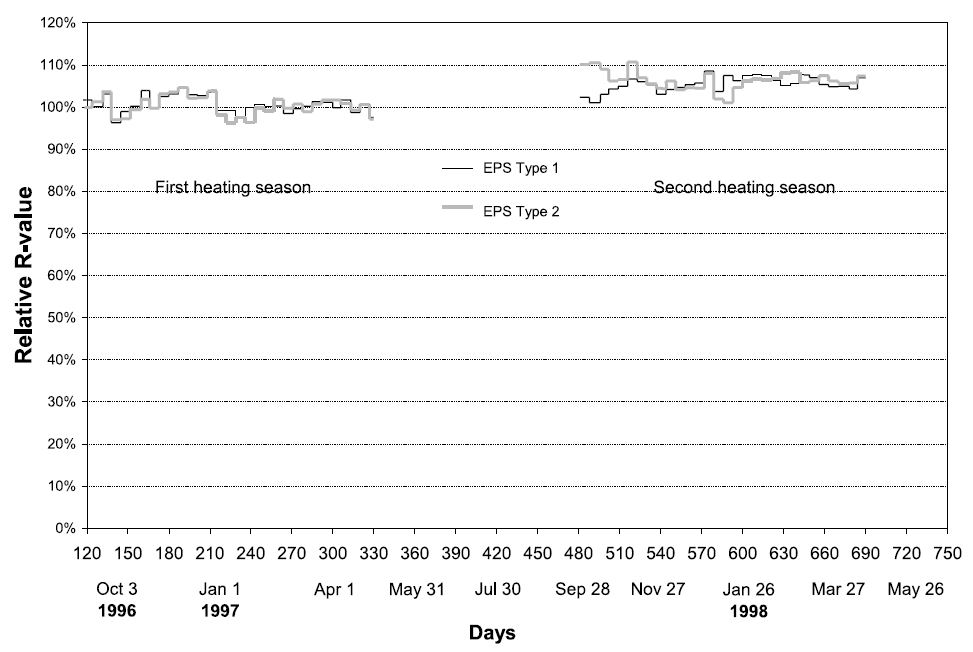

Don't miss a thing!
Subscribe for exclusive content, insider industry news and limited edition webcasts.
Keeping Water Away From the Wall
Both EPS Type 1 and Type 2 demonstrated an ability to maintain their thermal performance despite coming in contact with water. Both EPS types were also able to keep the water from reaching the concrete wall — another surprising finding, since EPS isn’t classified as a drainage material.
Steeper Grading Needed to Compensate For Soil Settlement
While the exterior insulation layer protected the concrete wall well against water ingress, NRC’s study found that grading was crucial to keeping water away from the wall in the first place.
As the study revealed, even a 5% positive slope (i.e. sloping away from the wall) did not suffice in the long term. That’s because over the course of the first year, the soil settled, thus reshaping the grading to give it a negative slope (i.e. draining toward the wall).
To avert such a slope reversal, it’s best to opt for a steeper slope in the first place — doing so would prevent the soil from settling so rapidly.
Wrapping It Up
— Is EPS Insulation a Good Candidate for the Exterior of Basement Walls?
As NRC’s study has shown, EPS makes an excellent insulative material for exterior applications at a basement wall for 2 reasons.
First — EPS retains its R-Values over time —even when exposed to a water saturated environment such as a below grade application..
Secondly, EPS and EPS-based insulation (such as Halo Subterra) is able to keep water away from a basement’s concrete wall. Of course, this doesn’t mean that other waterproofing methods shouldn’t be in place. But, this finding does mean that EPS insulation can perform both of its design functions — slowing heat transfer and groundwater management — very well.

